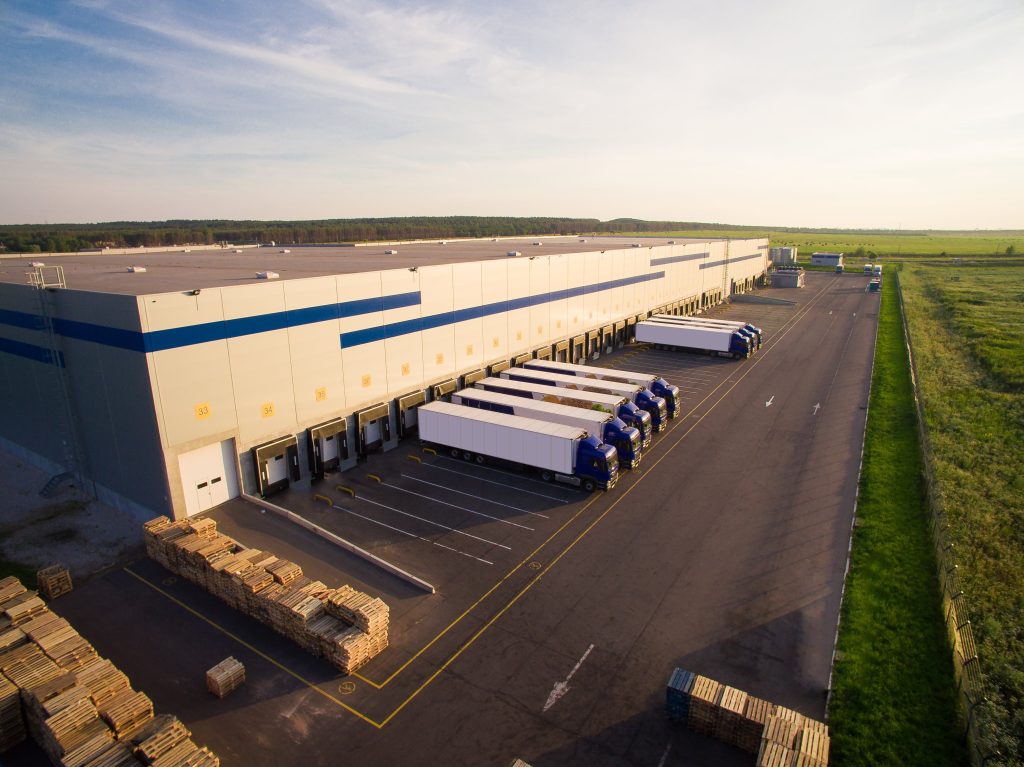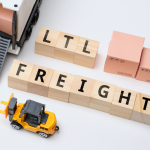Are you involved in importing goods or simply curious about how global trade works? In either case, you’ve likely heard the term “landed cost.”
But what exactly is this concept, and why is it so important to your bottom line in international business dealings? Let’s unpack the term to understand why you’ve got to calculate landed cost and factor it into your decision-making.
Landed Cost Explained
Landed cost is the total price of a product once it has arrived at your doorstep. This includes the price of the product itself and a variety of additional expenses. These expenses typically include:
- Transportation fees
- Insurance costs
- Customs duties
- Taxes
- Any other charges you rack up along the way
Think of landed cost as the comprehensive price tag that tells you the actual cost of getting a product from the manufacturer to your warehouse.
Let’s look at a simple example. In our scenario, one of your manufacturing partners claims they can produce T-shirts for $3 per unit. That is your manufacturing cost.
However, to actually get your shirts stateside, you’ve got to cover shipping, packing, customs duties, taxes, and insurance. By the time you pay for all of that, you spend about $9 per unit. That’s your landed cost.

Importance of Accurate Calculations
As evidenced by our example, you can’t rely on manufacturing or production costs to create your pricing strategy or set your budget. Instead, you must account for every expense that comes up before you get your hands on your products. Otherwise, you’ll price your products too low, overstretch your budget, and risk leaving your business in the red.
In the world of product sales, landed cost is the key to business success. In particular, it is important for:
Pricing Strategy

Knowing the landed cost is essential for setting the right price for your product. On the one hand, underestimating the landed cost can lead to setting a selling price that’s too low, eating into your profits. On the other, overestimating can result in a price that’s not competitive in the market.
Budgeting and Forecasting
For effective budgeting, you need a clear picture of your landed costs. Your calculations provide clarity, allowing you to manage your finances better without overstretching your budget.
Identifying Cost-Saving Opportunities
By breaking down the landed cost, you can identify areas where you might be able to save money. Take our scenario above as an example. In that scenario, you pay $3 per unit for manufacturing and $6 in other landed expenses. That represents cost-saving opportunities that could benefit your bottom line.
Comparing Suppliers
Landed cost lets you make an apples-to-apples comparison between suppliers. One supplier might offer a lower product cost but have higher shipping fees, making another supplier with a higher product cost but lower shipping fees more economical in the long run.
Components of Landed Cost

Landed cost includes several components, such as:
- Product Cost: The starting point is the cost of the product from the supplier
- Transportation Fees: Includes all shipping-related costs
- Insurance: During transit, goods need to be insured against loss or damage
- Customs Duties and Taxes: Can vary by the product and country of import
A number of other expenses could apply as well, including port handling, brokerage, and any other miscellaneous fees.
Not all of these costs may be included in your calculations. Conversely, you may have to account for additional fees, especially if you are shipping tightly regulated goods. That said, this list of landed cost components will give you a good baseline to start your calculations.
Simplify Landed Cost Calculations With 3PLs
Landed costs can change from shipment to shipment, making it particularly difficult to perform long-term budgeting and forecasting. Fortunately, there are several ways to simplify landed cost calculations and keep your supply chain expenses in check. One of the most effective strategies involves partnering with a third-party logistics provider.
A great 3PL can offer discounted shipping rates, more stable costs, and a streamlined delivery process. If you want to take the headache out of managing landed costs, connect with a reputable 3PL today.





